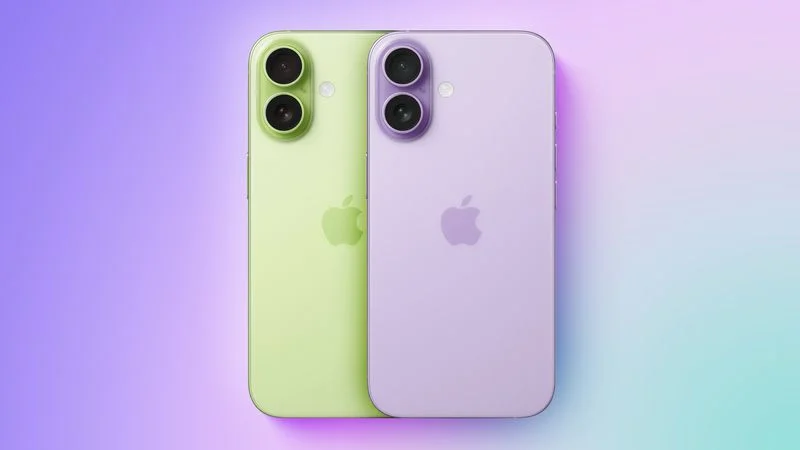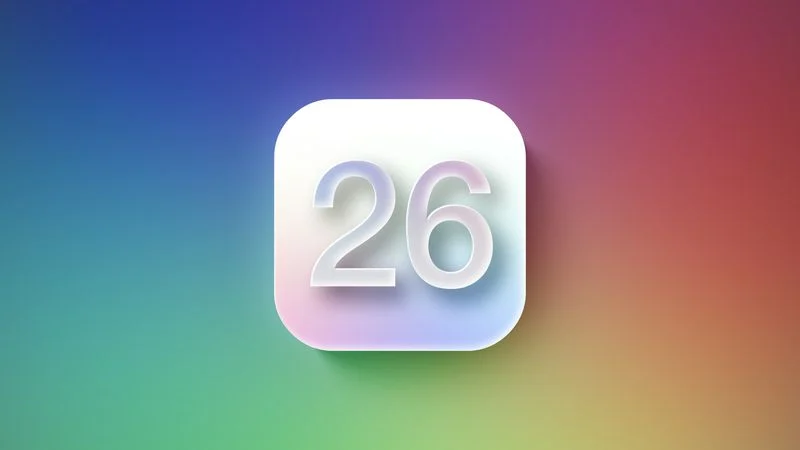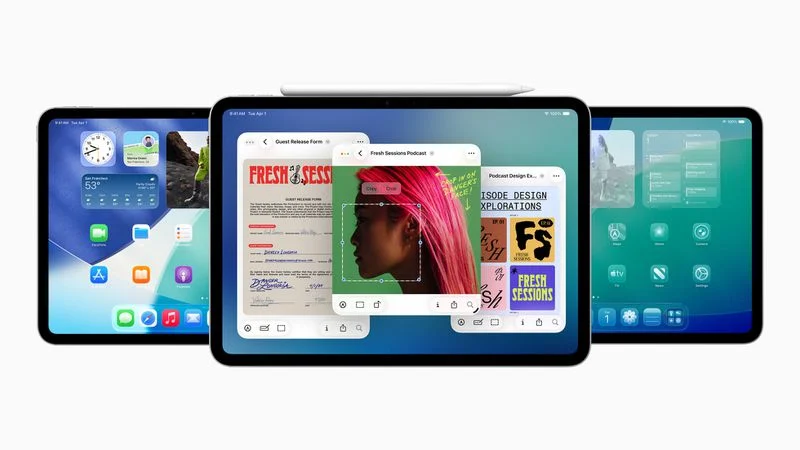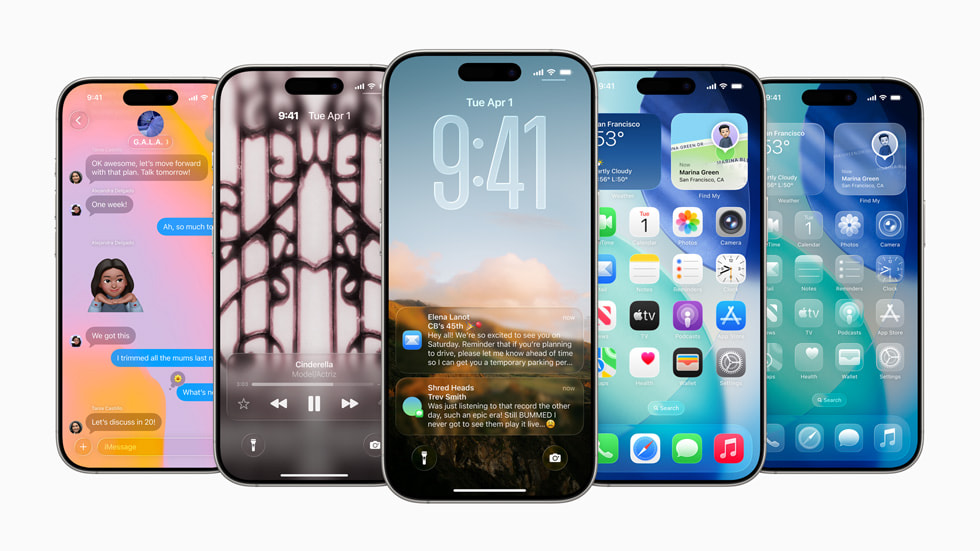Apple might be planning to bring back two popular colors for its next iPhone. According to recent rumors, the iPhone 17 could be available in both purple and green. These colors were loved by many users in previous iPhone models, and their return could make the new iPhone even more appealing.
The information comes from sources familiar with Apple’s plans, who say the company is testing these color options for the iPhone 17 lineup. In the past, Apple has offered purple with the iPhone 12 and iPhone 14, and green with the iPhone 11 and iPhone 13. Both colors received positive feedback and became fan favorites.
It’s not yet clear if these colors will be available for all iPhone 17 models or just certain versions. Apple often changes its color choices each year to keep things fresh and exciting for customers. The final color lineup will likely be revealed when Apple officially announces the iPhone 17, which is expected later this year.
If these rumors are true, fans who missed out on the purple or green iPhones before may soon get another chance. As always, it’s a good idea to wait for Apple’s official announcement for the most accurate details.






